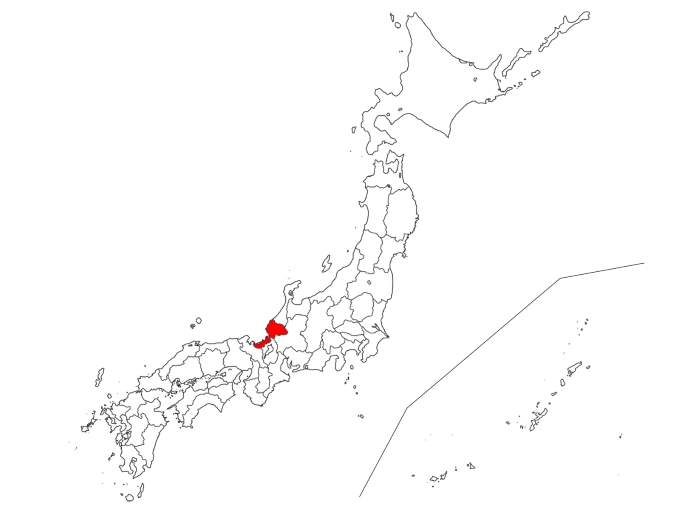Contents [hide]
1.Basic Information
Fukui Prefecture is known for its historical sites and beautiful natural landscapes, including the world-famous Zen temple “Eiheiji,” the unique geological formation “Tojinbo” created by magma that cooled 13 million years ago, and “Echizen Ono Castle,” also known as Japan’s Machu Picchu.
Eiheiji (Eiheiji Temple)
Eiheiji is a venerable temple in Fukui Prefecture with a history of over 770 years. Founded by the renowned monk Dogen, it is known as a Zen training center. The temple complex includes over 70 buildings such as the main gate, Buddha Hall, and Dharma Hall, surrounded by ancient cedars aged 600 years. Approximately 200 monks, known as “Unsui,” engage in rigorous Zen training here. Recently, Zen has gained global popularity, attracting many foreign visitors to Eiheiji.
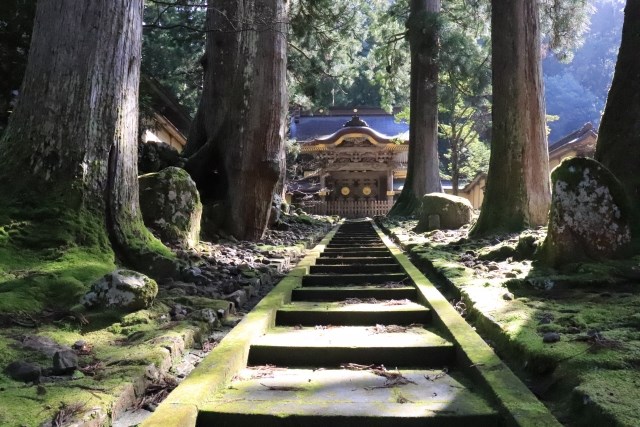
Tojinbo
Tojinbo is a unique geological formation created 13 million years ago when magma cooled and solidified underground, forming distinctive columnar shapes. It became exposed due to tectonic movements and was shaped by waves and wind. This rare phenomenon is geologically significant, comparable to Korea’s Geumgangsan and the west coast of Norway. Known for its ruggedness, Tojinbo offers spectacular views, with recommended boat tours and scenic spots like Oshima Island nearby.
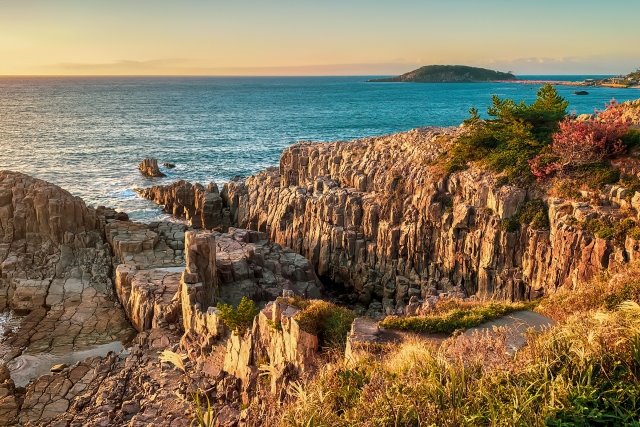
Echizen Ono Castle
Also known as “The Castle in the Sky,” Echizen Ono Castle is built on Mt. Kame at an elevation of 249 meters. For a few days each year, the surrounding sea of clouds makes the castle appear as if it’s floating in the air, offering a rare and enchanting sight. Constructed around 1576 under the orders of Oda Nobunaga, it took four years to complete. The castle, with a three-story main keep, was protected by moats. The current main keep was reconstructed in 1968, and artifacts from successive lords are displayed there.
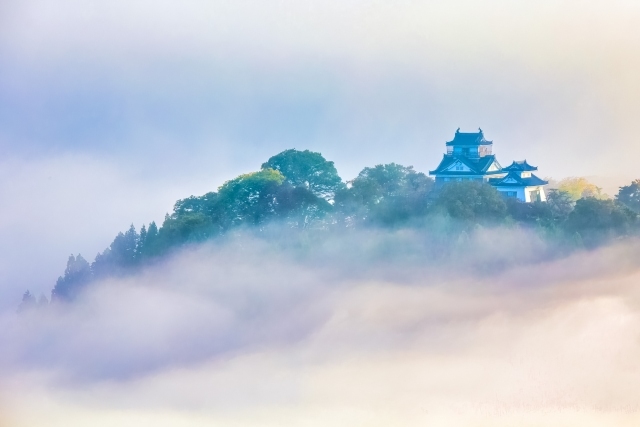
Maruoka Castle
Maruoka Castle, possessing Japan’s oldest surviving keep, was built in 1576 by Shibata Katsuie on the orders of Oda Nobunaga. The surrounding “Kasumiga Castle Park” is landscaped in a traditional Japanese garden style, and a history and folklore museum showcases artifacts from former castle lords. In spring, the park is home to 400 cherry trees, creating a dreamlike vista of the castle amid a mist of cherry blossoms. The castle and cherry trees are beautifully illuminated at night, and the Maruoka Castle Cherry Blossom Festival is held in April.
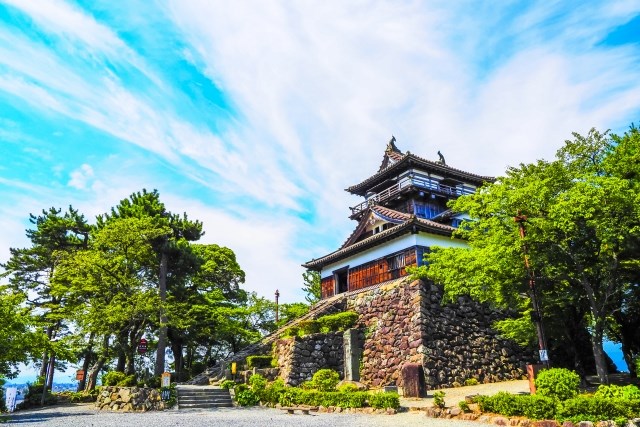
Fukui Castle Ruins
Fukui Castle, originally a grand structure standing 37 meters tall, was built in 1606 by the Yuki family, direct descendants of Tokugawa Ieyasu. It prospered for about 270 years but was destroyed by fire, leaving only parts of the stone walls and moat. Once a vast castle covering approximately 2 square kilometers, its ruins now house the Fukui Prefectural Office. Visitors can glimpse the past through the remaining historical structures. The area, with its surrounding grassy parks, is ideal for relaxation during sightseeing.
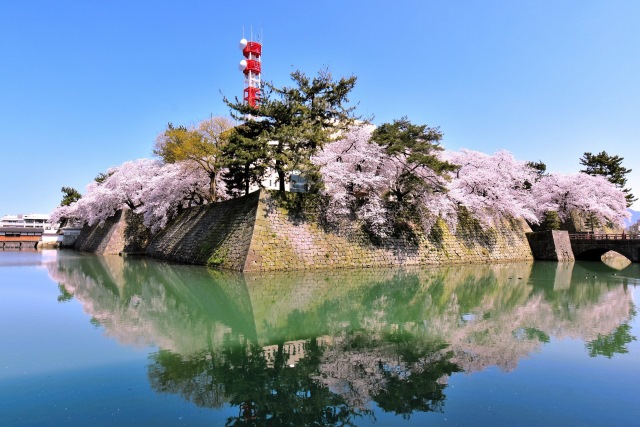
2.Reviews
Mikata Five Lakes (Mikatagoko)
The Mikata Five Lakes in Fukui Prefecture consist of five lakes, including Mikata Lake. Known as the “Five Colored Lakes,” each has distinct water quality and depth, presenting different shades of blue. They were designated as a Ramsar Site in 2005, recognized internationally as an important wetland. The lakes vary in their properties as freshwater, seawater, and brackish water, supporting diverse fish species. They are also crucial habitats for waterbirds, with over 10,000 birds wintering here, including Steller’s sea eagles and white-tailed eagles.
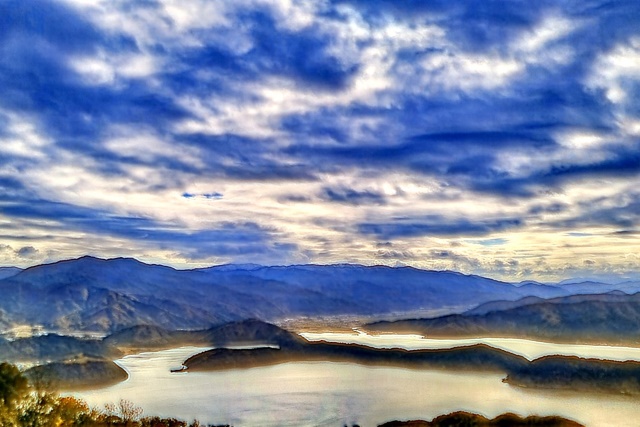
Ichijodani Asakura Clan Ruins
Located about 10 kilometers southeast of Fukui City, the Ichijodani Asakura Clan Ruins mark the site of a castle town governed by the Asakura clan for 103 years during the Sengoku period. Following their achievements in the Onin War in 1467, the Asakura clan established their base in Ichijodani and flourished, creating a cultural hub known as the “Little Kyoto of Hokuriku.” However, in 1573, they were defeated by Oda Nobunaga, leading to the clan’s downfall and the town’s destruction. The site has been excavated to reveal well-preserved remains of samurai residences, temples, townhouses, artisan houses, and roads.
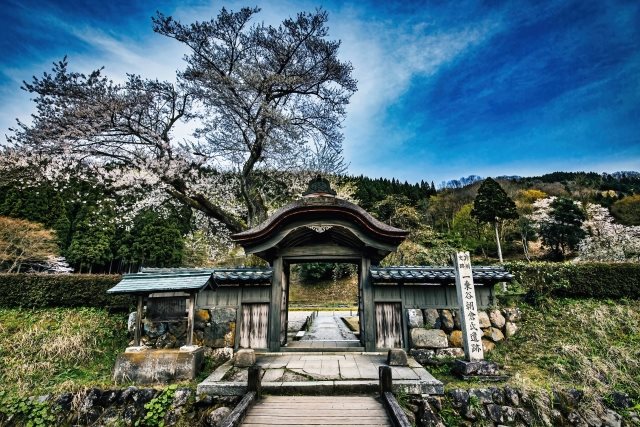
3.Local Food



4.Transportation Information
How to Get to Fukui
Fukui Prefecture Tourism Federation Official Site (English, Simplified Chinese, and Traditional Chinese versions available)
https://www.fuku-e.com/
5.Map Information
